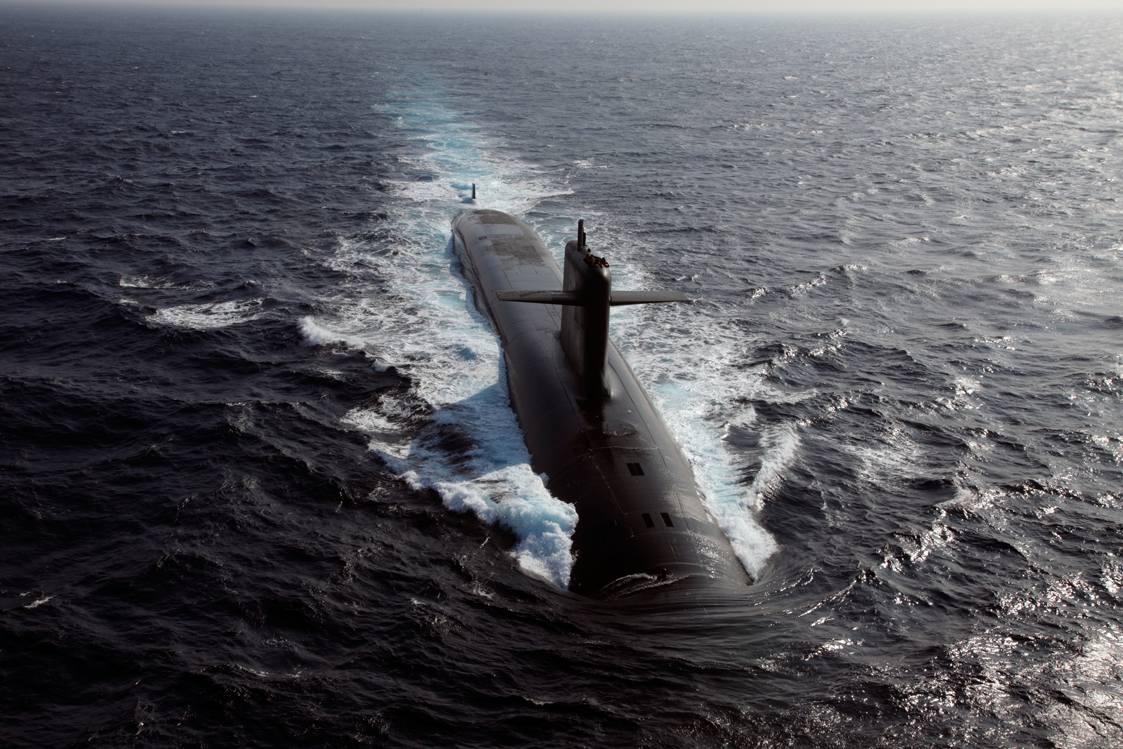
France’s Choice for Naval Nuclear Propulsion: Why Low-Enriched Uranium Was Chosen
This special report is a result of an FAS task force on French naval nuclear propulsion and explores France’s decision to switch from highly-enriched uranium (HEU) to low-enriched uranium (LEU). By detailing the French Navy’s choice to switch to LEU fuel, author Alain Tournyol du Clos — a lead architect of France’s nuclear propulsion program — explores whether France’s choice is fit for other nations.
https://issuu.com/fascientists/docs/france_s_choice_for_naval_nuclear_p
The FY2026 National Defense Authorization Act (NDAA) paints a picture of a Congress that is working to both protect and accelerate nuclear modernization programs while simultaneously lacking trust in the Pentagon and the Department of Energy to execute them.
While advanced Chinese language proficiency and cultural familiarity remain irreplaceable skills, they are neither necessary nor sufficient for successful open-source analysis on China’s nuclear forces.
Satellite imagery has long served as a tool for observing on-the-ground activity worldwide, and offers especially valuable insights into the operation, development, and physical features related to nuclear technology.
This report outlines a framework relying on “Cooperative Technical Means” for effective arms control verification based on remote sensing, avoiding on-site inspections but maintaining a level of transparency that allows for immediate detection of changes in nuclear posture or a significant build-up above agreed limits.